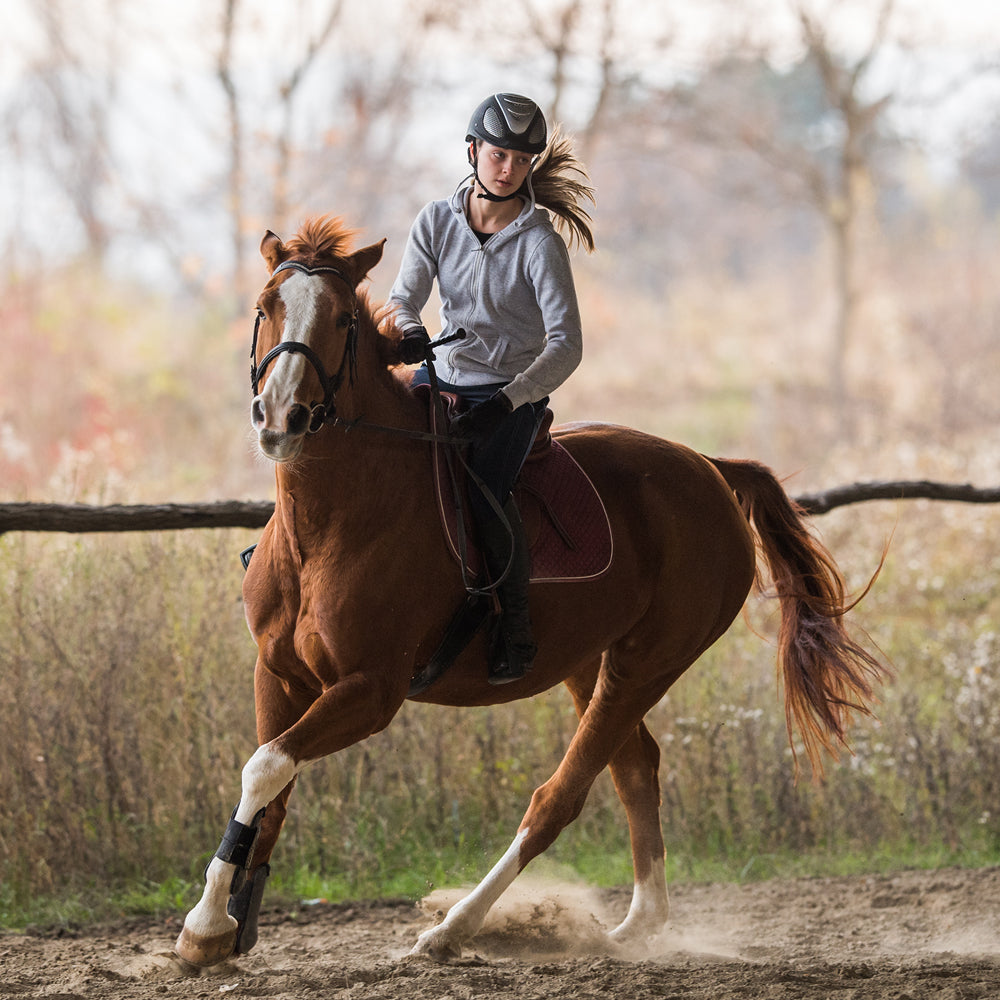
Article Detail
09 Oct
This was the rule: if you made it past the pigpen, it was a qualified ride. My initiation into grown-up rodeo wasn’t exactly a high-toned affair with banners and flags and crowds and queens. One summer during my early high school years, I would load up with a handful of older boys from my hometown for a trip to a ramshackle ranch about thirty miles south to attend “rodeo school.”
The place was home to a cowboy—he seemed old at the time, but was probably in his thirties—who was a fine saddle bronc rider; the former champion of the regional semi-pro rodeo association in our part of the country. This cowboy had a handful of bucking horses, kept for practice and to consume any excess hay he might have on the place. Only two of their names remain in my memory—The Bay Mare and Old Fooler.
Out back of the house was an arena with a bucking chute, all assembled from used railroad ties, weathered two-by-fours, and assorted planks and poles and wire and any other item that might serve as a fence. About halfway down the west side of the arena was an unused enclosure and low shed attached to the outside of the fence, empty at the time, but meant to house a few pigs. Then, it marked the official end of a qualified ride—if you stayed aboard your horse long enough to pass that point it was good enough, and our teacher/pickup man would pull you off.
While that place was home to my first experiences climbing aboard full-grown bucking horses on purpose, it was not my first rodeo. I had, for years, got on (and fell off) calves at junior rodeos and ridden a few feisty Shetland ponies in “Little Buckaroo” rodeos. But there remains the question of why I, or anyone, would want to mount, on purpose, a horse you knew would try to buck you off.
The place was home to a cowboy—he seemed old at the time, but was probably in his thirties—who was a fine saddle bronc rider; the former champion of the regional semi-pro rodeo association in our part of the country. This cowboy had a handful of bucking horses, kept for practice and to consume any excess hay he might have on the place. Only two of their names remain in my memory—The Bay Mare and Old Fooler.
Out back of the house was an arena with a bucking chute, all assembled from used railroad ties, weathered two-by-fours, and assorted planks and poles and wire and any other item that might serve as a fence. About halfway down the west side of the arena was an unused enclosure and low shed attached to the outside of the fence, empty at the time, but meant to house a few pigs. Then, it marked the official end of a qualified ride—if you stayed aboard your horse long enough to pass that point it was good enough, and our teacher/pickup man would pull you off.
While that place was home to my first experiences climbing aboard full-grown bucking horses on purpose, it was not my first rodeo. I had, for years, got on (and fell off) calves at junior rodeos and ridden a few feisty Shetland ponies in “Little Buckaroo” rodeos. But there remains the question of why I, or anyone, would want to mount, on purpose, a horse you knew would try to buck you off.



